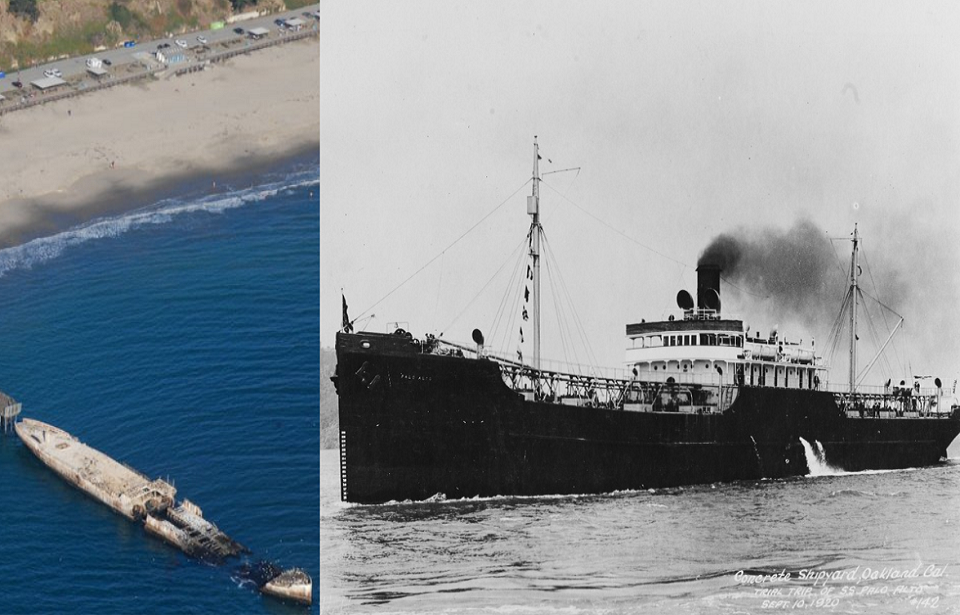During WWI German U-boats were wreaking havoc against Allied ships in the Atlantic Ocean. Replacing these ships was becoming harder as steel supplies dwindled, so US President Woodrow Wilson approved the construction of 24 concrete ships. Yes, concrete.
Concrete is a material sometimes used in the construction of ships, although it’s not ideal. The raw materials are cheaper, but the ships require thicker hulls to maintain strength, which either increases its physical size and is harder to push through the water, or reduces the amount of cargo space inside.
Of the planned 24 concrete ships, only 12 were under construction by the time WWI ended, so the rest were canceled. The 12 ships were finished and sold off for various uses. Here is what happened to those 12 strange concrete ships.
SS Atlantus
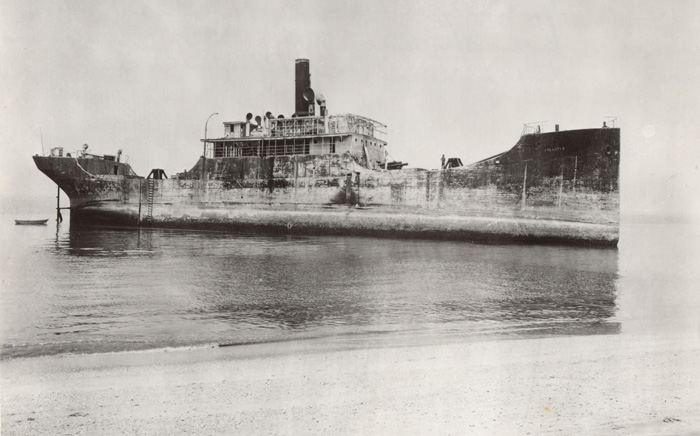
SS Atlantus was the second of the 12 concrete ships and launched on December 5, 1918. The cargo ship missed WWI but was used to transport troops back to the US from Europe.
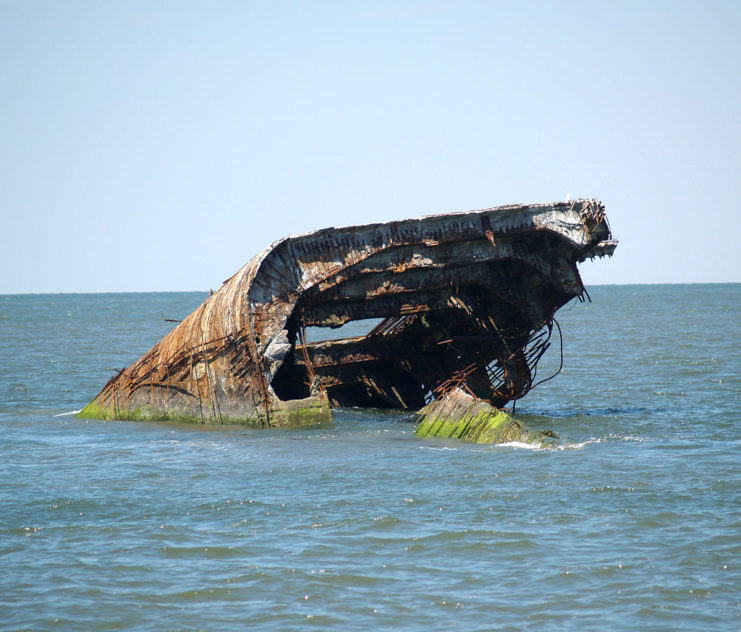
She was purchased by Colonel Jesse Rosenfeld in 1926 who planned to use her as a ferry dock in Cape May, New Jersey. While being towed to this location the SS Atlantus broke free during a storm and ran aground 150 feet off the coast of Sunset Beach. Its close proximity to the beach has led to it becoming a popular tourist attraction over the decades. Today she is in poor shape, but the pieces that remain are still visible.
SS Cape Fear
SS Cape Fear was a cargo steamer and the third concrete ship to be constructed. She was launched in 1919 and would serve as a reminder of why concrete is not a great ship-building material.
In 1920 she collided with the freighter City of Atlanta, a ship that would endure another two collisions over her lifetime. The impact was said to have quite literally shattered SS Cape Fear. The ship sank in just three minutes. 19 of her crew were lost in the event. Today she lies 170 feet below the surface off the coast of Rhode Island.
SS Cuyamaca
An oil tanker, SS Cuyamaca was completed in 1920 and spent much of her career transporting oil in the Gulf of Mexico. She was converted into an oil barge in 1924. The SS Cuyamaca’s fate is unknown, but it is thought that in 1926 the 7,500-ton vessel was either scrapped or sunk as a breakwater.
SS Dinsmore
Another oil tanker, the SS Dinsmore was launched in mid-1920 and was used as an oil storage tanker until 1932. Like the SS Cuyamaca, SS Dinsmore’s final resting place is unknown, but she was likely sunk as a breakwater in the Gulf of Mexico.
SS Latham
SS Latham was an oil tanker launched on May 6, 1920. When returning from her first-ever trip, transporting oil pipes, SS Latham struck a jetty and water entered her cargo hold, nearly sinking her.
In 1926 the SS Latham was converted into a floating oil storage tank in New Orleans. Her fate is unknown.
SS Moffit
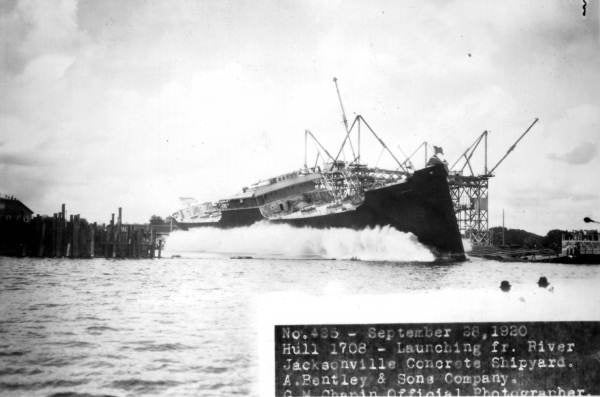
Sister ship to the SS Dinsmore, the SS Moffit was launched just after her in September 1920. She was an oil tanker that was struck off the books in 1925. It is not known what happened to the concrete ship after this point.
SS Palo Alto
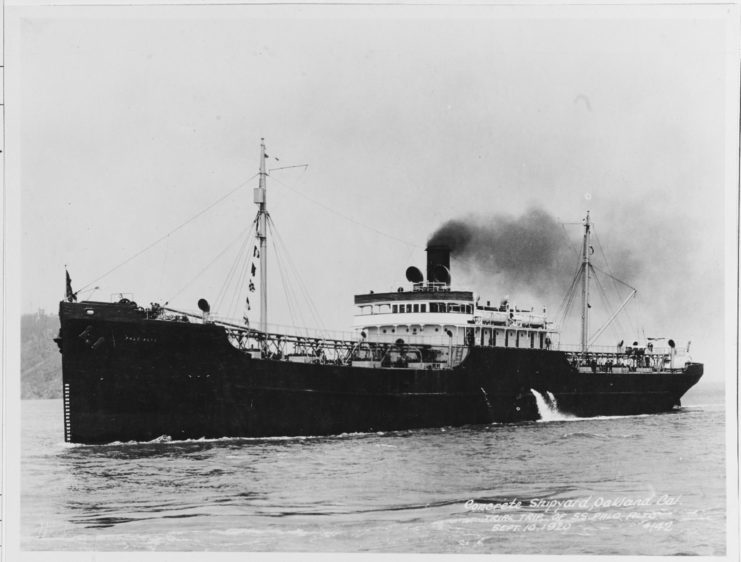
The SS Palo Alto is the most well-known ship on this list. This oil tanker was launched on May 29, 1919, but remained moored up in San Francisco Bay for the next decade. She was purchased by the Seacliff Amusement Corporation in 1929 and towed to Seacliff State Beach in California. The SS Palo Alto was grounded on the shallow seafloor and a pier was built to span the gap between her and the beach.
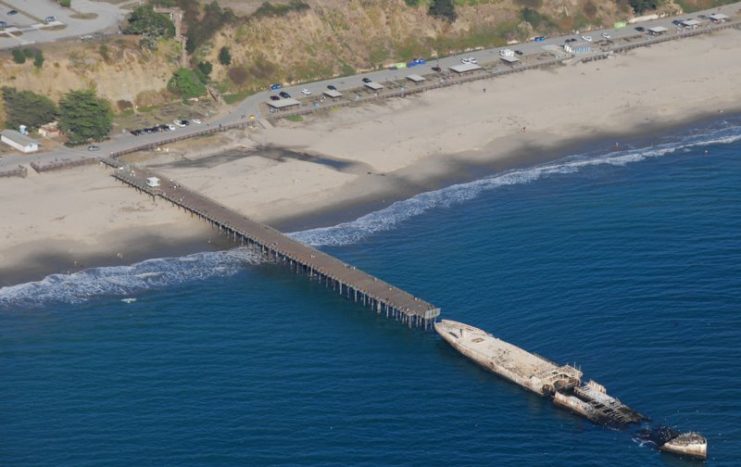
She was transformed into an entertainment center that featured a dance hall, dining room, and even a swimming pool. The Great Depression bankrupted the Seacliff Amusement Company two years later. Since then she has been opened and closed due to safety concerns. Today the 420-foot ship still remains in the same location but is now broken into multiple pieces.
SS Peralta
The SS Peralta is the only concrete ship from the WWI fleet still floating. She was the SS Palo Alto’s sister ship and was launched in early 1920. The Peralta was purchased in 1924 and used as a sardine cannery in Alaska.
In 1958 the SS Peralta was transported to the Powell River in British Columbia, Canada, where she would serve as a floating breakwater protecting logging operations. The vessel is still at this location today and is the largest concrete ship afloat in the world.
SS Polias
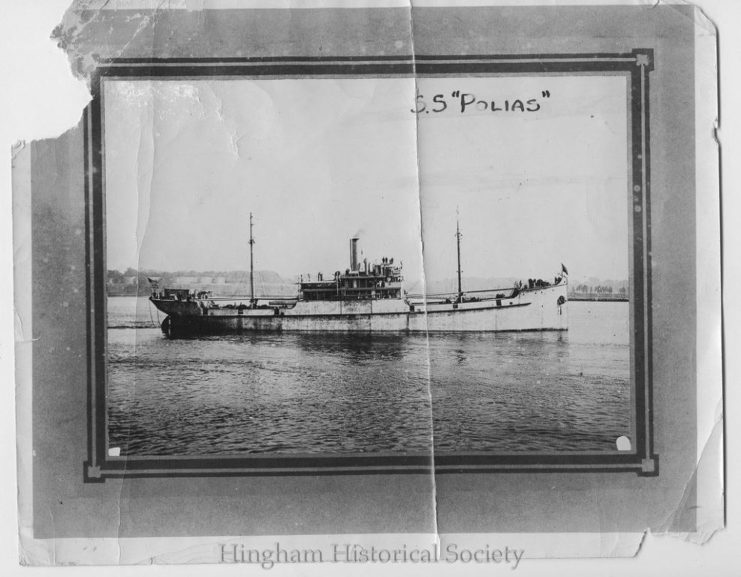
This ship was the first of the 12 concrete vessels to be completed. Launched after WWI had ended, the Polias transported coal in New England.
She struck the seabed during a storm in 1920 and was severely damaged. 14 of the ship’s crew died attempted to leave the wreck. Although there were later efforts to save the concrete ship, a hurricane smashed her remains into rubble in 1924. Parts of the ship can still be seen today at low tide.
SS San Pasqual
The SS San Pasqual has perhaps the most eventful history out of all of the concrete ships. Launched in 1920, she was damaged the following year and moored up for three years. After this, she was purchased by a Cuban company and relocated to Santiago de Cuba. Eight years later she was moved to Havana, Cuba, where she was used a depot-ship.
She was run aground off the coast of Cuba in 1933. The SS San Pasqual was outfitted with weapons during WWII and served as a lookout position for German submarines.
The ship was used again in the Cuban Revolution as a prison for enemies captured by Che Guevara. In the 1990s the San Pasqual was converted into a hotel. Today she rests in the same location but is now abandoned.
SS Sapona

The sister ship to the SS Cape Fear, the SS Sapona was a cargo steamer launched in January 1920. Her internal fittings were sold off for scrap in the early 1920s and she was used for oil storage. In 1924 the Sapona was sold to a rum runner who used the ship as an off-shore storage location in the Bahamas for his stocks of alcohol.
In 1926 a hurricane battered the ship and it run aground; its alcohol contents were destroyed as a result. The wreck, sitting in around 20 feet of water, was used for target practice in WWII. It remains in the same location today and is a popular diving attraction.
SS Selma
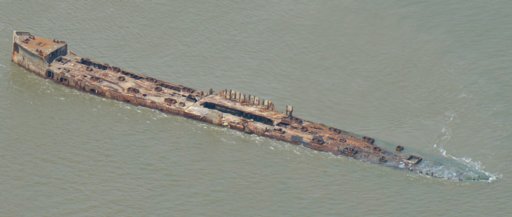
The SS Selma was launched in mid-1919 and was the sister ship to the SS Latham. She hit a jetty off the coast of Tampico, Florida in early 1920 and was taken to Galveston, Texas for repairs. As no one there had any experience with concrete ships, it was decided that she would be scrapped.
She was positioned near Pelican Island, Texas, and remains there till this day. A retired newspaper editor purchased the Selma in 1992 and throws her a birthday every year.
